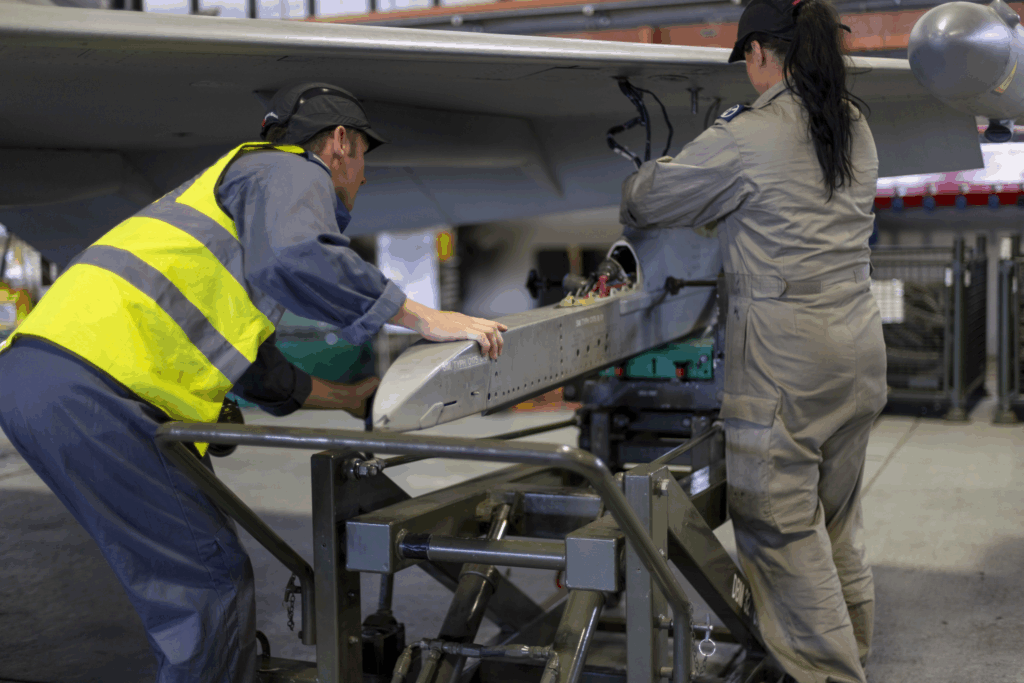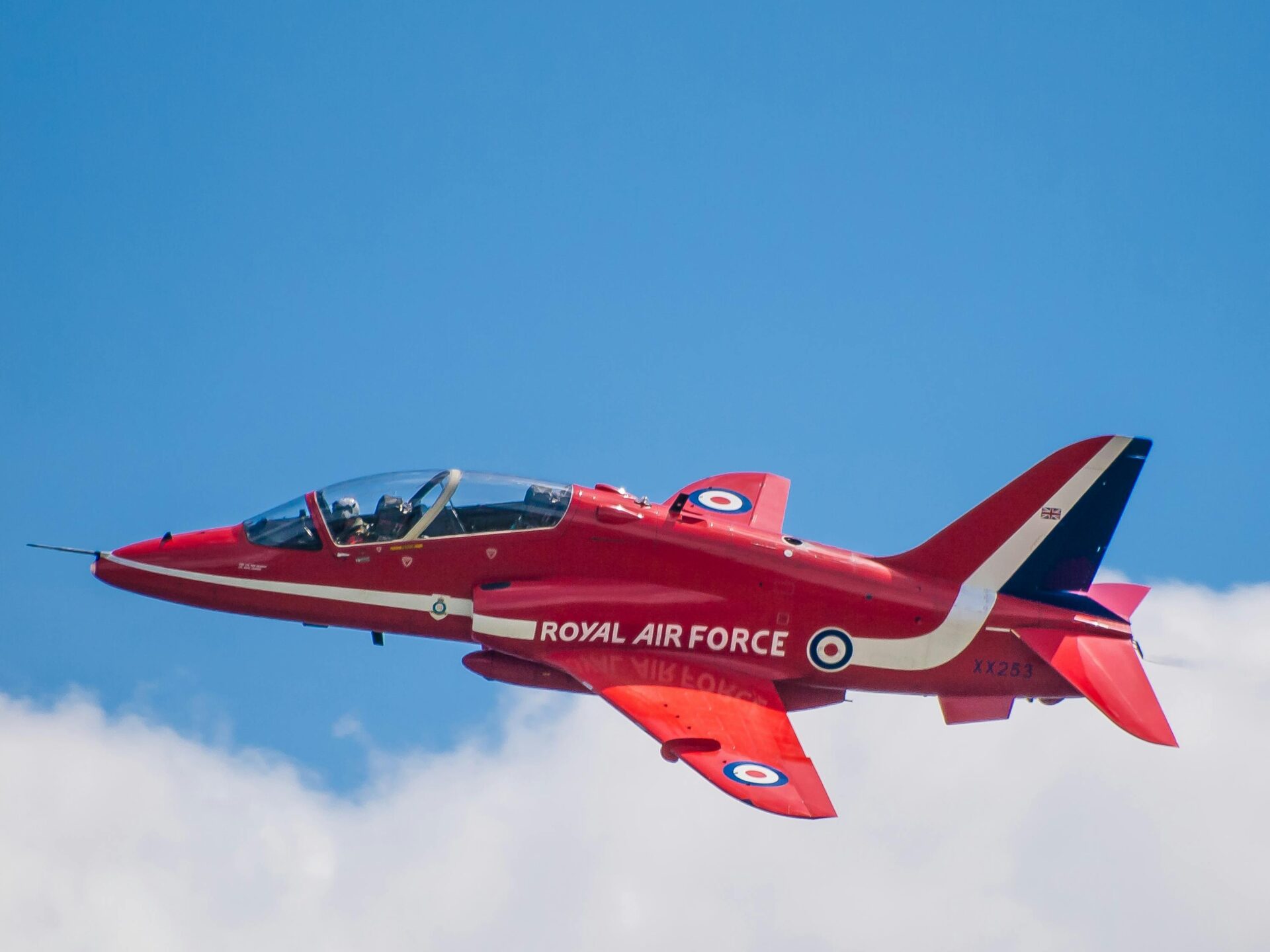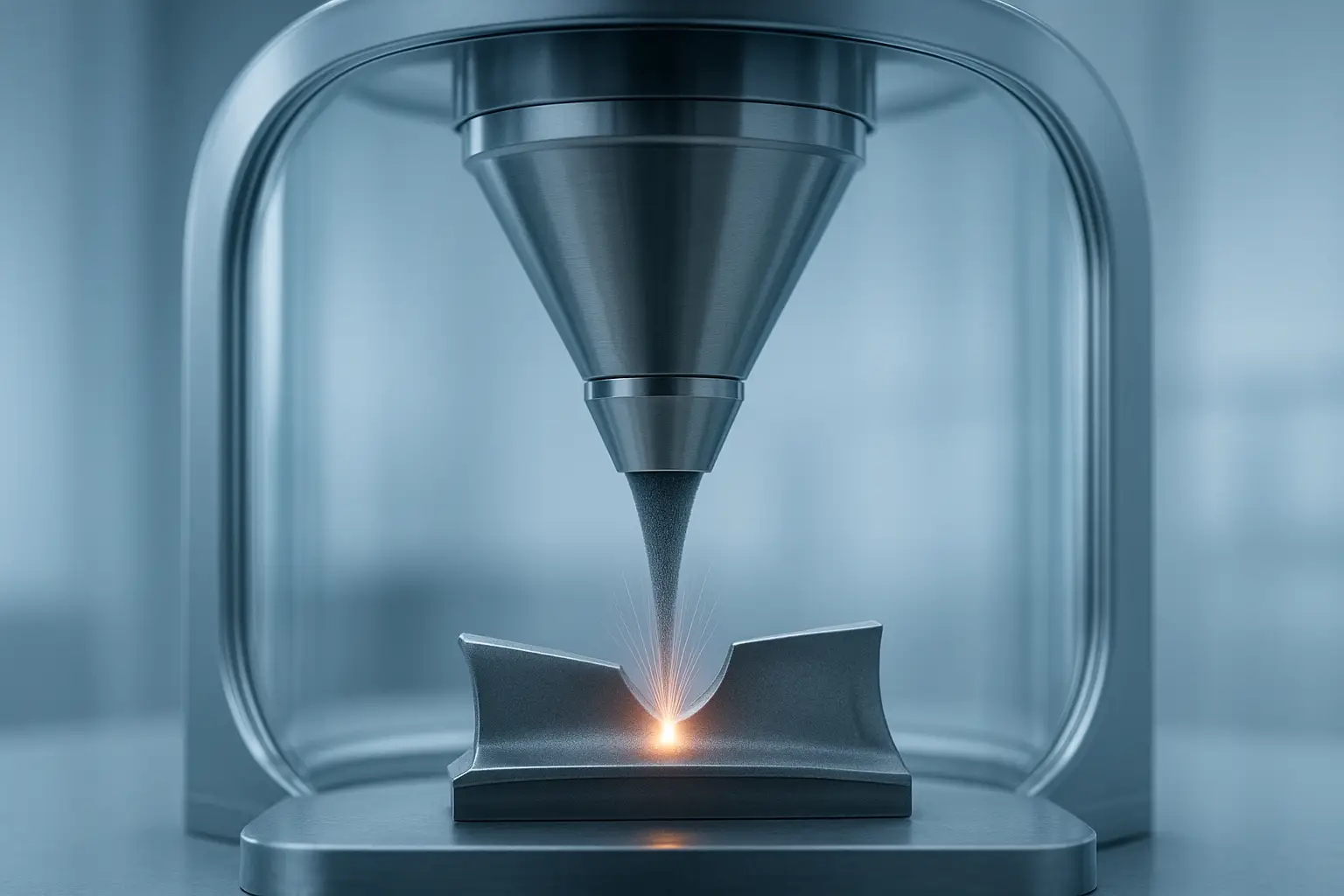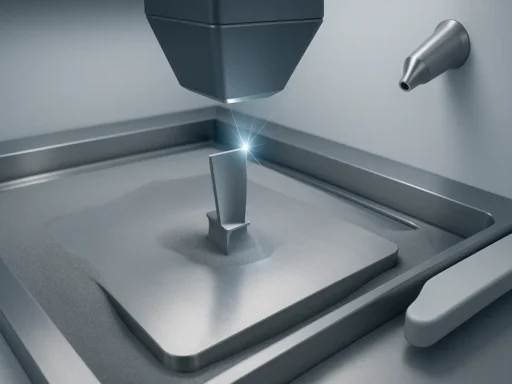Some applications are so spectacular that they really underline how far 3D printing has come in recent years – and this is one of them! The Royal Air Force (RAF) has fitted its first in-house 3D printed part to an actual Typhoon fighter jet, which is now ready to take to the skies.
The component in question is part of the pylon assemblies that hold weapons systems to the aircraft’s wings. Failure due to disrepair or battle damage would ordinarily leave the plane grounded for some time. With 3D printing, however, the team at RAF Coningsby can now manufacture a temporary replacement, and get the fighter back in action more quickly.

“This isn’t intended as a permanent fix, but it shows where we’re heading,” explained Squadron Leader John Mercer. “When aircraft are grounded waiting for spare parts, we can’t afford delays. Being able to print our own temporary components means getting jets back in the air faster.”
Designed by specialists from No 71 Inspection & Repair Squadron and installed by 29 Sqn engineers, the part is expected to be the first of many as the RAF expands further into advanced manufacturing. 3D printing is seen as ideal for manufacturing spares when conventional replacements are either difficult to source or take a lot of time to make.
As well as minimizing downtime, the technology is set to help the organization cut costs. Moving forward, the team behind the part’s design will apply their approach to the repair of fixed-wing military aircraft and provide specialist inspection capabilities wherever they’re deployed.
“This technology offers enormous potential to maintain our aircraft faster than ever before,” added Gemma Lonsdale, Commanding Officer of Air Wing Engineering at RAF Coningsby. “The 71 squadron team has been exceptional – their expertise and collaboration made this milestone possible.”
Of course, the RAF aren’t the only ones using 3D printing in aerospace. But it’s always exciting to hear about the very latest applications by innovators right at the cutting edge. Clearly, this squadron has committed to the technology for the foreseeable future. It’ll be just as interesting to see where they apply it in future – in the most demanding use cases imaginable.






